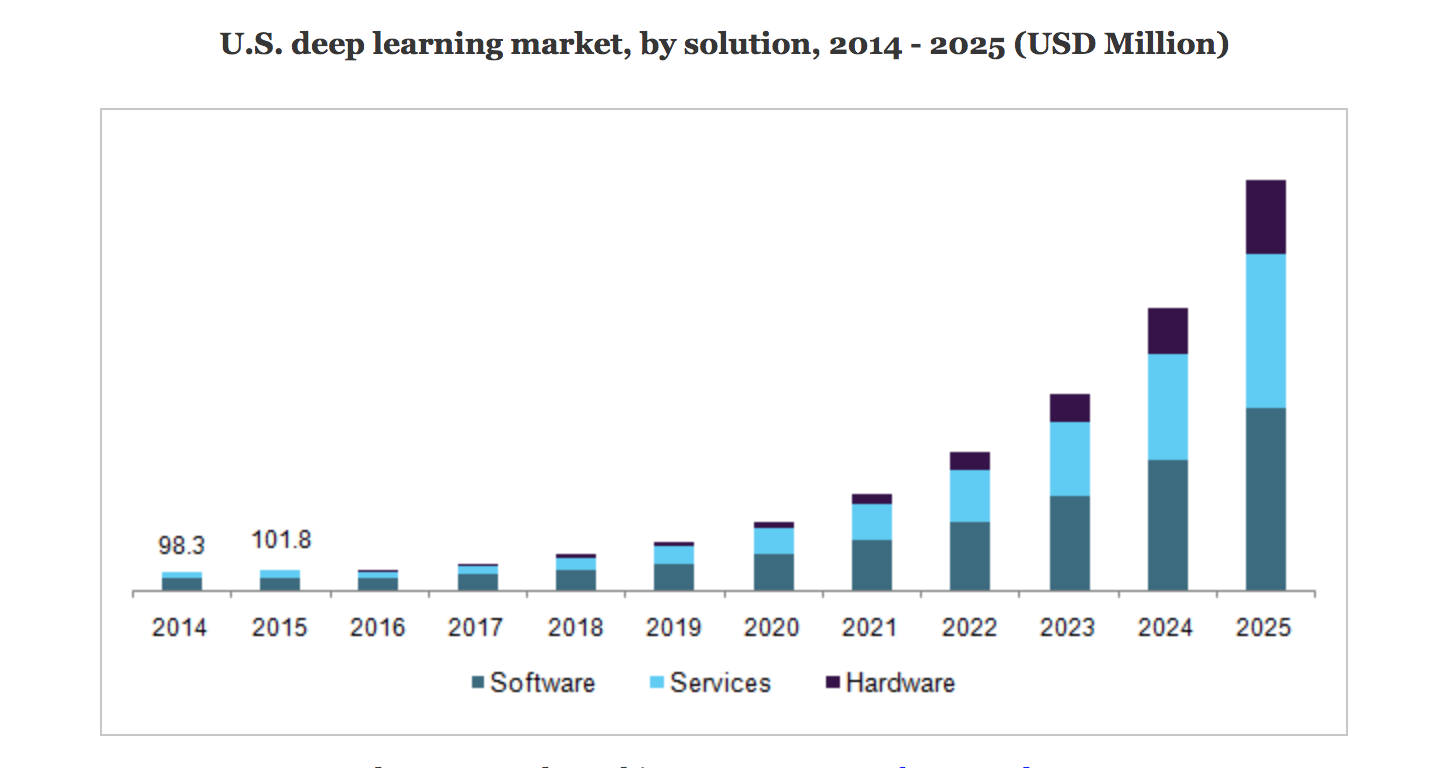Deep learning has been around for a while, so why has it just become a buzz topic in the last five years? Well, deep learning returned to the headlines in 2016 when Google’s AlphaGo program crushed Lee Sedol, one of the highest-ranking Go players in the world.Before, there wasn’t a good way to train deep learning neural networks, but now with advancements in machine learning (ML) algorithms and deep learning chipsets, deep learning is being more actively implemented. Deep learning is being applied in healthcare, finance, and retail, and the global deep learning market is expected to reach $10.2 billion by 2025. But what is it?
But what is it?
Put very simply, deep learning is a subset of machine learning that involves multiple layers of representations that allow a computer to learn and deduce outputs from data. While this sounds basic enough, what’s going on behind the scenes is anything but.
In fact, some of the controversy surrounding deep learning (and more particularly surrounding artificial intelligence, or AI) is the fear of the “black box.” That is, how can anyone base a service or product on deep learning and trust the decisions being made if no one knows how they’re being made? And what if the computer goes rogue (insert obligatory Terminator reference here)?
Whether you’re a business executive, a data scientist, or just a regular person, deep learning likely affects your life or has something innovative and beneficial to offer. Deep learning is a relevant and growing part of all our lives, but there aren’t that many basic guides on the topic. So we created one! You can get it here.
In this guidebook, you’ll learn:
-
What exactly deep learning is and why its growing
-
Why it can be more powerful than classical ML
-
How its implemented (through examples and infographics)
-
Relevant real-life applications
-
Trends and the future of the industry




